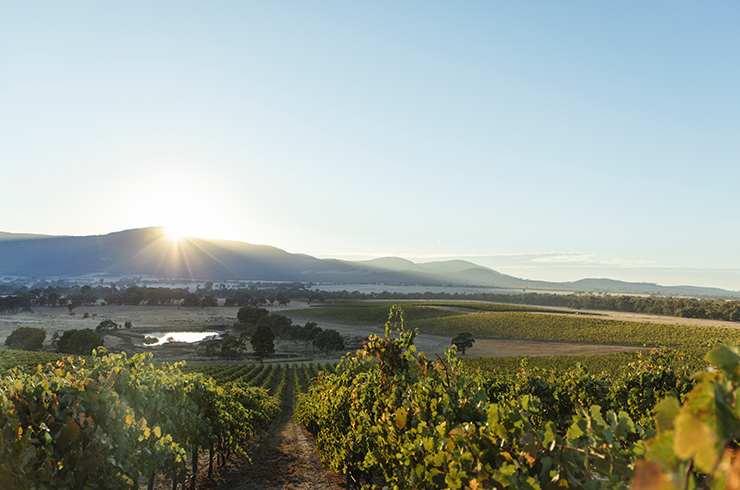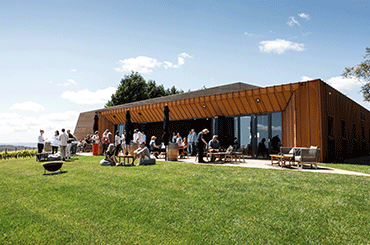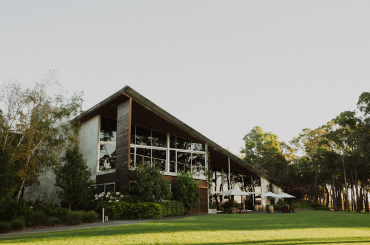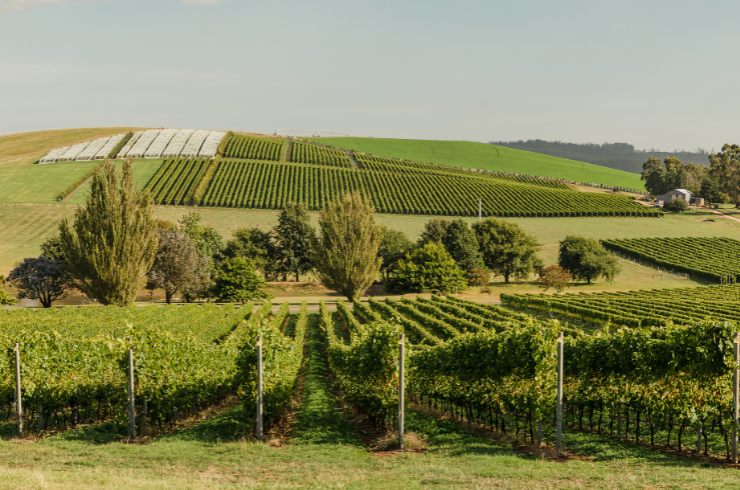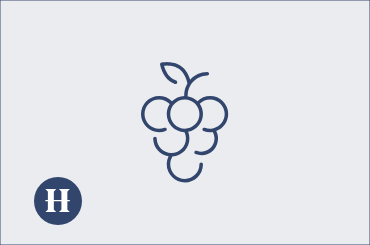Go to: Sparkling wine tasting characteristics | Origins of sparkling wine | How to pair food with sparkling wine | Serving temperature for sparkling wine | The best Australian sparkling wine regions
Of all the wine styles, sparkling perhaps intrigues the most. There’s so much to know about its various grape varieties, methods of production and places of origin, making it a fascinating style.
While sparkling wine is the ultimate party-starter and celebratory style, you don’t need a special occasion to enjoy it. Sparkling wine is an all-round crowd-pleaser and fits comfortably in a range of situations and events. Learn about the different types and premium Australian regions ahead.
Sparkling wine tasting characteristics
Sparkling wine comes in many colours and styles, dependant on factors such as the dominant grape variety, the sugar level (dry, semi-dry, or sweet), and whether it’s a vintage or non-vintage style (it’s popular to puzzle together several vintages in places like Champagne, which is why you often see these wines labelled “NV”). Below describes the characters to expect from some of the major sparkling styles available in Australia.Sparkling white
Sparkling rosé
Sparkling red
Prosecco
Origins of sparkling wine
The first carbonated wine dates back to the Middle Ages, and was initially named a production fault. Winemakers worked to fix the error, and eventually reverted back to still wines. Some time later, carbonated wine made a comeback, and an increase in production was noted – sparkling wine was now an intentional and favourable style.In Australia, sparkling wine arrived thanks to the French winemaker Auguste D’Argent in collaboration with an Australian doctor and parliamentarian. They crafted the first-ever example of sparkling Burgundy in 1881. In later years, Edmund Mazure of Burgundy took over and used pinot noir and shiraz grapes to make sparkling red. It was Hans Irvine, however, who first crafted a sparkling wine comparable to that of Champagne. Upon Irvine’s retirement, Seppelt in Victoria took over, and today produces benchmark sparkling wines.
How to pair food with sparkling wine
Sparkling is one of the most food-friendly wine styles. Its bubbles and bright acidity refresh the palate, making it particularly well-suited to rich, salty foods. Champagne and Australian sparkling pair well with soft cheeses such as camembert and brie, and shellfish like oysters and prawns.Textural, savoury sparkling rosés can stand up to fuller flavoured seafoods such as salmon, and cheesy red-sauce dishes like pizza. Prosecco makes a great match to antipasti (cheeses, olives and cured meats), quiches and pies. The uniquely Australian sparkling shiraz is fantastic with a glazed Christmas ham, and depending on how sweet the style, can even pair with pastries and desserts.
Serving temperature for sparkling wine
The ideal serving temperature for sparkling white is 8–10 degrees.
The ideal serving temperature for sparkling rosé is 8–10 degrees.
The ideal serving temperature for sparkling red is 10–12 degrees.
The ideal serving temperature for prosecco is 6–8 degrees.
Related article: Champagne vs Prosecco
Sign up to view these tasting notes and ratings
By becoming a member of Wine Companion, you'll have access to the largest database of wines in Australia.
The best Australian sparkling wine regions
Tasmania
The cool climate in Tasmania makes it the idea region for the base grapes – namely pinot noir and chardonnay – in sparkling wine to be blended into exceptional expressions.
Grampians
The Grampians led the way for sparkling in Australia and it continues to produce great sparkling wine under labels such as Seppelt and Grampians Estate.
Yarra Valley
The Yarra Valley was put on the map for sparkling in 1986 when Domaine Chandon was established. The cool climate enables the region to produce excellent pinot noir and chardonnay.
Adelaide Hills
Sparkling wine from the Adelaide Hills has mineralogy derived the chardonnay and pinot noir fruit grown in the region.
King Valley
The King Valley is Australia's key region for prosecco, thanks to Italian settlement in the region. Key producers include Pizzini, Dal Zotto and Brown Brothers.
Image credit: Wine Australia.








